#Plant Stem
Text

Shoot II - Michel Buylen.
Belgian, b. 1953 -
Oil on panel , 18 x 13 cm.
1K notes
·
View notes
Text
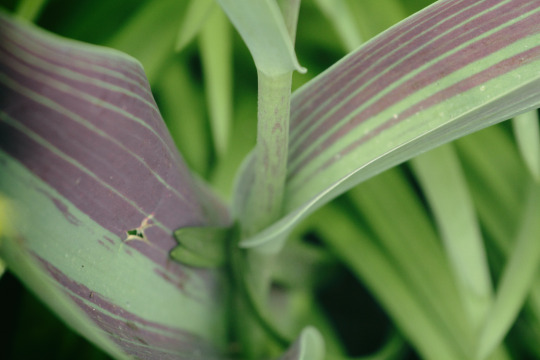
stem
#stem#plant stem#variegated#variegated leaves#outdoors#misc#photographers on tumblr#original photography on tumblr
30 notes
·
View notes
Text
1 note
·
View note
Text

I'm doing it gang, I've spent stupider gardening money before like when I dropped $300 on shade loving perennial bulbs only to learn they were also plants that rotted with wet feet and all immediately died in my swampy gumbo soil
I'm buying two firefly petunias. I've never grown petunias much because where I live they're a winter annual but fuck it I'll grow them as an indoor plant I certainly have the sun to do it.
They're supposed to ship to me in April, I'll report back on if they immidiately die or this is the coolest thing I own. My biochemical engineering design project was using a similar chemical pathway to modify bacteria to glow in the presence of specific toxins so I absolutely need glowing petunias in my window box
13K notes
·
View notes
Video
Sprossachse by Pascal Volk
#Alt-Hohenschönhausen#Altenhofer Dreieck#Berlin#Berlin Lichtenberg#Europe#Germany#Sprossachse#Stängel#Plant stem#Tallo#Macro#Makro#100mm#Close up#Nahaufnahme#Macro Dreams#bokeh#DoF#depth of field#Natur#nature#naturaleza#Pflanze#plant#planta#Herbst#fall#autumn#otoño#Canon EOS R7
0 notes
Video
traditional knife 石镰shilian specially used to harvest glutinous rice
#china#fun#video#miscellaneous#the same stone knife was unearthed in liangzhu culture良渚文化#op says they chose manual harvesting is because the glutinous rice isn't that much#glutinous rice are not necessary staple food#terrace farming in mountainous areas also makes machine harvesting inconvenient#others say it's just for video#anyway i think this knife is very practical in home garden#i'm not good at caring for plants#there are often withered stems#shilian must be easier to use than ordinary scissors
18K notes
·
View notes
Photo
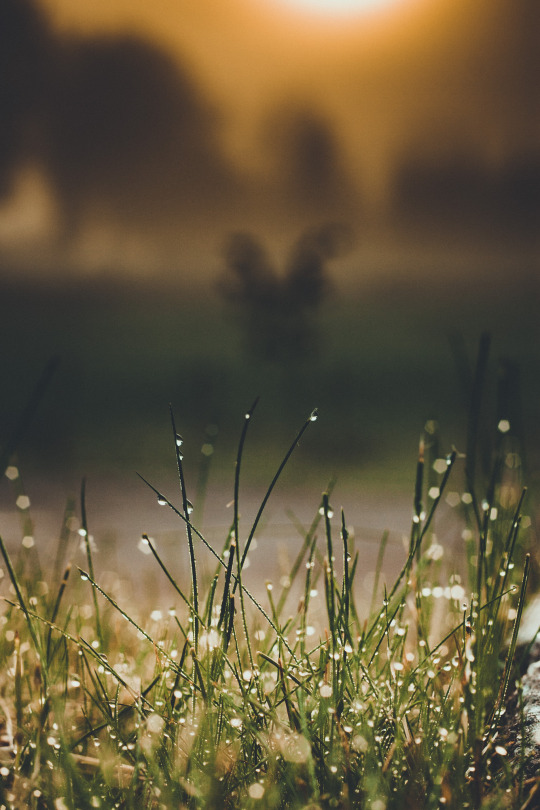
#Any Vision#Labels#close up#computer wallpaper#dew#field#grass#grass family#grassland#green#macro photography#meadow#moisture#morning#plant stem#prairie#sky#sunlight#vegetation#water
1 note
·
View note
Text
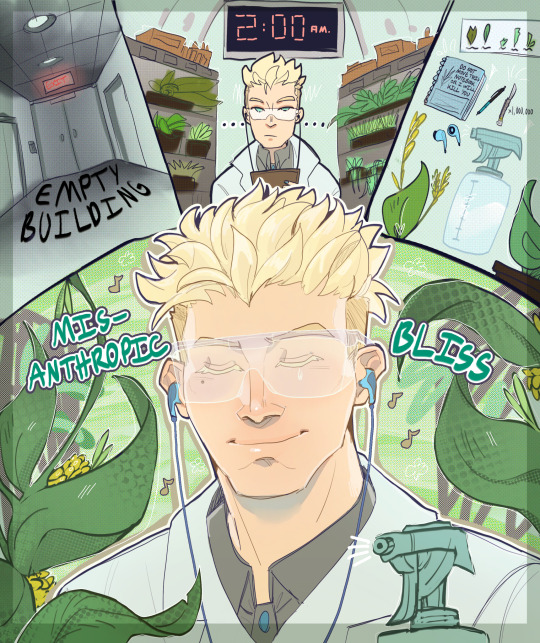
based on my tweet that left its target audience
#i have a whole stem lab au now#stem kids flock to my server it’s only fair#night shift knives not having to deal with a damn THANG… he’s having such a good time#with his tunes and his plants#they all have names#millions knives#THIS is nai#modern au loser boy#no yaoi ceo or whatever. he just likes quiet#trigun
663 notes
·
View notes
Text
To slow the effects of climate change, conserve biodiversity, and meet the sustainable development goals, replanting trees is vital. Restored forests store carbon within the forest's soil, shrubs, and trees. Mixed forests are especially effective at carbon storage, as different species with complementary traits can increase overall carbon storage.
Compared to single-species forests, mixed forests are also more resilient to pests, diseases, and climatic disturbances, which increases their long-term carbon storage potential. The delivery of other ecosystem services is also greater in mixed species forests, and they support higher levels of biodiversity.
Although the benefits of diverse forest systems are well known, many countries' restoration commitments are focused on establishing monoculture plantations. Given this practice, an international team of scientists has compared carbon stocks in mixed planted forests to carbon stocks in commercial and best-performing monocultures, as well as the average of monocultures.
Continue Reading.
438 notes
·
View notes
Text




Plant of the Day
Friday 1 March 2024
It was only a few days ago I wrote about Iris 'Blue Note' (Reticulata) but my friend had such a lovely display of this small, early bulb, protected by a frame of Cornus alba (dogwood) stems, that here it is again!
Jill Raggett
#Iris#irises#cornus#dogwood#purple flowers#red stems#plants#horticulture#gardens#garden#containers#bulbs#bulbous perennial#orkney
220 notes
·
View notes
Text
Predatory Bananas: an Evolutionary Horror
(Pls read, I literally spent HOURS on this <3)
A friend sent me the following video about the various potential methods of banana locomotion. It got me thinking. How would a banana move? Naturally, as an autist with a special interest in evolutionary biology, I took the joke a little too far and wrote a whole piece on the matter, analyzing the feasibility of each method and the changes they’d need to evolve in order to achieve them.
(Video courtesy of Burning Onion Animation on TikTok, they make great content, go check them out)
The first and most likely way bananas would move is if banana trees evolved to spread their seeds through their fruits rolling down hills like the morphology of #1 suggests. The only major mutations that need to happen are a more pronounced curve and increased rigidity to facilitate rolling and absorb the impact from falling from the tree. Overall, evolving to this point is relatively straightforward. #1 is the most feasible and realistic answer.
For bananas to develop motility like in #4 is theoretically possible with the right environmental pressures and with enough time, though much more difficult. I see this working in one of two ways. First, they could evolve rigid structures that change shape depending on moisture content, using natural dry/wet cycles to move a little more each time it rains, much like the seeds of Erodium Cicutarium (pictured below). The fruits of the banana tree would most likely evolve to have hooks on the end of said structures, contracting and pulling themselves forward a little each time they dry out, and relaxing and resetting their grip on the soil each time they get wet.
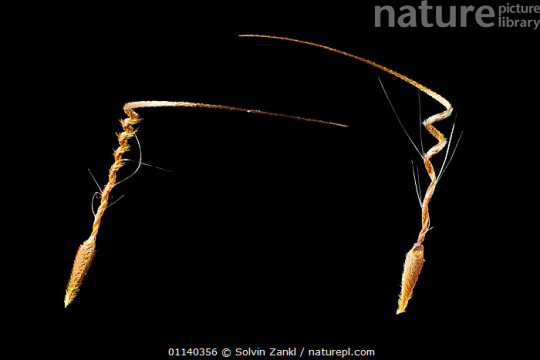
The second way I could see this happening is if they evolved true locomotion. True locomotion in bananas would take at least a few million years to evolve (probably more like tens of millions), and even then, movement would be incredibly slow. There exists a plant called the “walking palm” (socratea exorrhiza, pictured below) that’s capable of “walking” using its roots, but it can only travel about 20 meters per year in ideal conditions, and has the resources of the entire tree at its disposal, not just that of a single fruit.
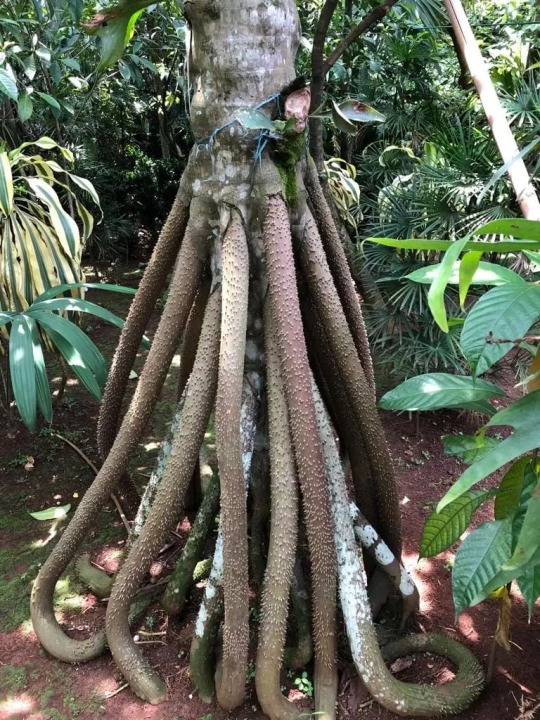
While this is the more likely explanation as to how #4 might happen, it’s not what the video depicts. The video clearly shows a banana dragging itself along like an inchworm, indicating motor cells such as those present in Dionaea Muscipula (venus flytrap, pictured below). Whenever this type of movement in plants occurs, it takes an extreme amount of energy and is generally rather inefficient and slow. In addition to this, the banana is moving its entire mass every time, so it’ll have to move much more slowly to compensate. This means that the banana would probably only be able to travel a few centimeters before decomposing beyond the point of functionality. After a few million more years it’s possible that bananas could evolve to travel as far as several meters after falling off the tree, but the further they go, the more fit each individual fruit needs to be, and the more energy and resources they need. Eventually, it’ll reach a point where the energy expenditure will outweigh the benefit and the fruits will stop evolving to travel any further, which I imagine would plateau somewhere in the 0.5 to 3 meter range. However, the fruits still require a significantly higher amount of energy at this point because they’ve evolved to move autonomously, so trees would likely evolve to produce fewer, but more developed fruits as a result. Overall this is the second most likely way bananas would evolve to move, but the video depicts a time lapse, not footage taken in real time.
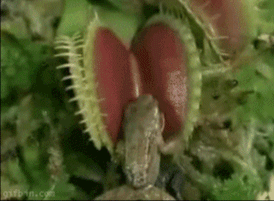
The next most likely option is #2, which is where things start to get much more interesting. At this point we are quickly beginning to leave the territory of the banana being a fruit and stepping closer towards the realm of the banana being its own independent organism. Whether the banana is still a single fruit from a larger tree depends on if the video is stabilized or not. First, let’s assume that the video has automatically stabilized the banana within the frame. This means that the banana is moving erratically and aimlessly, with the goal of simply moving as far from its origin as it can. The most simple form of this would be a ballistic dispersal method in which the banana grows curved and under tension, falling off the tree when ripe. Upon impact, the tension is released and banana extends, springing itself upward and outward with a single bounce. But this isn’t what the video shows either, it depicts clear and repeated movement, again suggesting the presence of motor cells much like those likely found in banana #4. In this case it probably evolved in roughly the same way as banana #4, but works less effectively due to having a less stable method of traveling.
But what if the video ISN’T stabilized, and the banana’s staying upright all on its own? In the video, the banana isn’t just moving along a single plane with one set of motor cells like the Venus flytrap. It’s full on galloping. This requires multiple groups of motor cells working together in a coordinated effort. This banana has real-time sensory input to orient and stabilize itself. This means that the banana has evolved some sort of internal gyroscope, much like our inner ear that helps it determine what up and down is, and more importantly, angular rotation. While plants have been observed reacting to and even predicting stimuli in ways that still baffle scientists to this day, this is far more complex than any plant every discovered throughout human history. Everything here points to something more, perhaps rudimentary intelligence, dare I even say sentience.
This begs the question: is it even a plant anymore? At this stage it’s evolved sensory organs and can move independently. But why? Organisms don’t evolve the ability to move without reason. This could mean one of three things. First, it could have evolved the ability to run as a means of spreading its seeds further. But this can’t be the answer. Moving more slowly would be way more efficient for a banana in terms of energy expenditure, and spreading seeds the old fashioned way is still perfectly viable, so it wouldn’t have evolved that way due to lack of necessity. This brings us to the first legitimate possibility: the banana is prey. If the banana were prey, then the ability to gallop most likely evolved as a means of escaping predators and to avoid being eaten. This is further evidence that the banana has evolved beyond being a humble plant as this goes completely against the purpose of fruits, which evolved to be eaten on purpose. Now, the banana’s goal isn’t to be eaten so that its seeds may be deposited elsewhere, its primary objective is to survive. At this point it’s relatively safe to assume that the banana no longer comes from a tree, and now reproduces through fragmentation, or perhaps even live birth. Its lack of leaves suggest that it’s evolved beyond being an autotroph and relying on photosynthesis. But if it no longer gets nutrients from a tree, how does it subsist? It must be getting its energy from somewhere. The most likely answer to this is that banana is a herbivore, and gets its energy from plant matter, which contains a lot of the same nutrients that the banana recently used to get by growing on a tree. Overall, this is the third most likely way the banana would evolve locomotion.
But what if it isn’t an herbivore? This brings us to the other possibility: the banana is a predator. The banana that concerns me the most is banana #3. While all the other bananas have undergone major changes to their morphology, banana #3 appears to be identical to any regular banana, yet it still moves. The only way that such movement could be possible is if the banana had some sort of internal mechanism that moves its center of mass around rather quickly within its outer shell, which also requires an internal gyroscope for balance. I know what you’re thinking; “but this is an incredibly complex mechanism, wouldn’t it be easier to evolve one of the other ways?” To which the answer is yes, it would. But this raises another question with an even more alarming answer: why didn’t it? The answer lies in the banana’s identical appearance to that of a typical Cavendish. Clearly, looking like an ordinary banana is central to its survival strategy. At this point, it’s evolved well past the point of being a fruit and has become the first of an entirely new kingdom of sentient creatures descended from plants.
According to my estimates from the video, banana #3 is only able to move at a pace of around a tenth of a meter per second, maybe a quarter or half of a meter at the most. This means that it probably didn’t evolve the ability to move as a means of running from predators. Based on the physics in the video, my best guess as to how the banana moves is through the use of mostly hollow internal chambers with a central mass (probably a calcified seed) suspended by tendons that can move in any direction, accelerating the banana in that direction. Here I’ve collaborated with the massively talented @pholidia to bring my ideas to light.

Picture it. You’re a lone banana farmer in South America. You’re out harvesting your crops when you see a single banana on the ground. It looks a little weird and bruised, but still totally edible. “No good in letting perfectly good produce go to waste” you think to yourself as you pick up the banana. You go to peel it when suddenly, you feel a sharp shooting pain through your hand. You drop the banana, then fall to your knees. You look around for the wasp or whatever it was that stung you, but you can’t find anything. You collapse in a heap on the ground, unable to control your body. It’s at this point you notice the banana start to move. “Are… are those teeth?” you think to yourself. At this point the venom has taken full effect. You are alone and completely paralyzed, unable to do anything besides observe the banana as it starts moving towards you. Sharp teeth and beady black eyes are fully visible now. It ambles towards you clumsily, moving almost as if it were being controlled by invisible strings like a marionette. It reaches you and starts to chew. It is at this moment that you discover, much to your horror, that the venom is merely a paralytic, and not an anesthetic. Helpless to the venom, you can do nothing but watch as your blood slowly drains out onto the ground as the creature consumes you. Slowly, your vision begins to fade to black. You pass out, either from the pain or the blood loss, you’re not really too sure. You take one last look at the creature, then you’re gone forever.
#biology#evolutionary biology#evolution#bananas#plants#darwin#science#botany#banana#r/196#196#r/196archive#/r/196#rule#meme#memes#shitpost#shitposting#autism#stem#cool#funny#plant#cooking#trees#fruit#unreality#joke#funny shit#funny post
216 notes
·
View notes
Text
I cannot express how much I love this picture

Just. Wow.
#robert plant#led zeppelin#70s#ASKSKSKSKSKMSMSMSMSMSMSMSMMSAASKKKKMMKKKKK#HE'S BEAUTIFUL#such handsomeness#such poise#such a babe#such confidence#and plants#don't forget the plants that are drawing attention to a...certain...place#lol#though i think everyone would notice even if the plants weren't drawing attention#and also the pun of the plants with plant#anyway#annnd i just noticed that the bulge actually seems to be the stems and not... THE plant#THE plant I'm so funny
107 notes
·
View notes
Text

they murdered my boy with v-jolt...
323 notes
·
View notes
Text

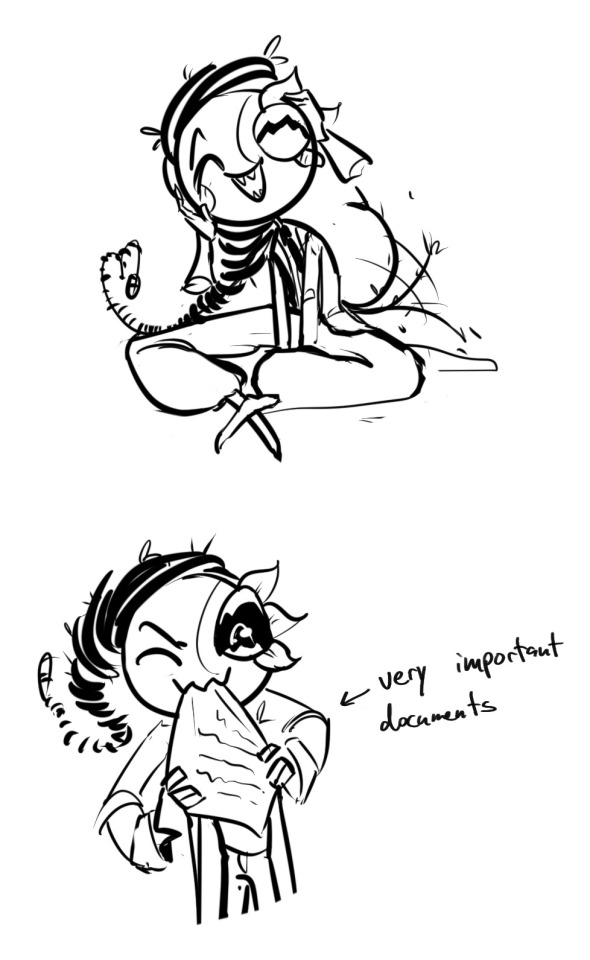
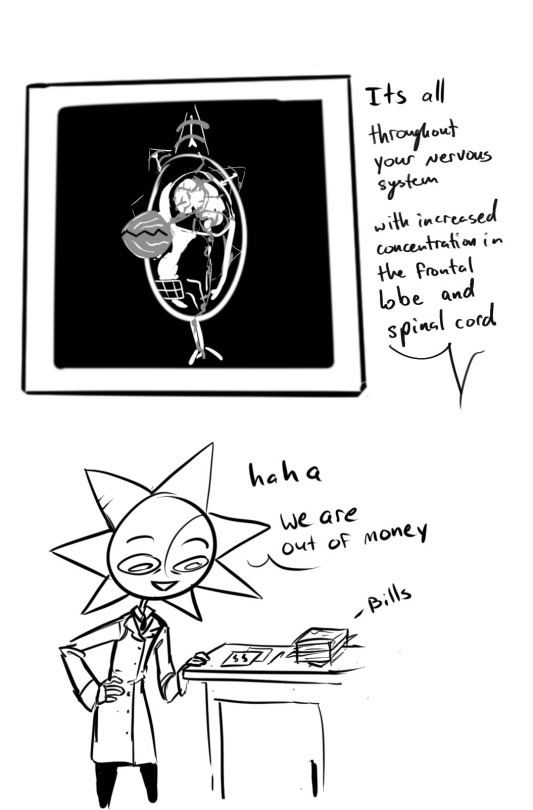
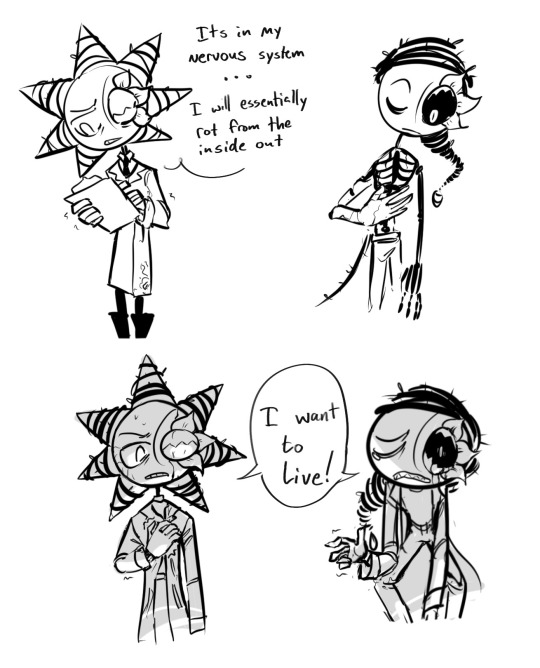
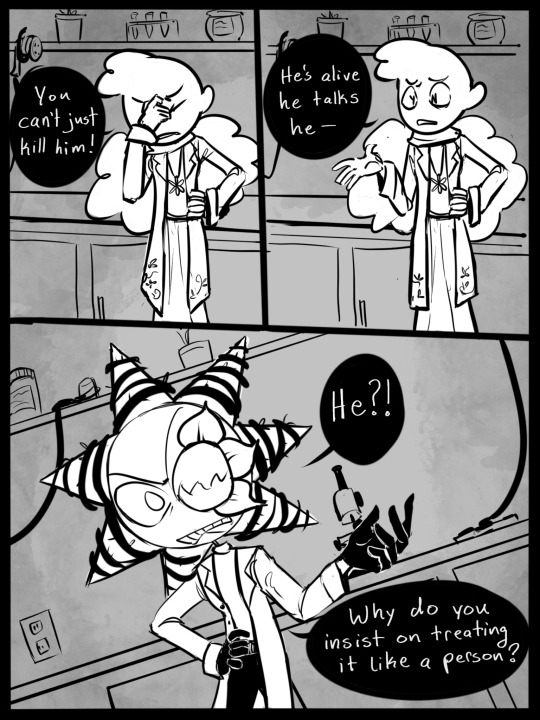
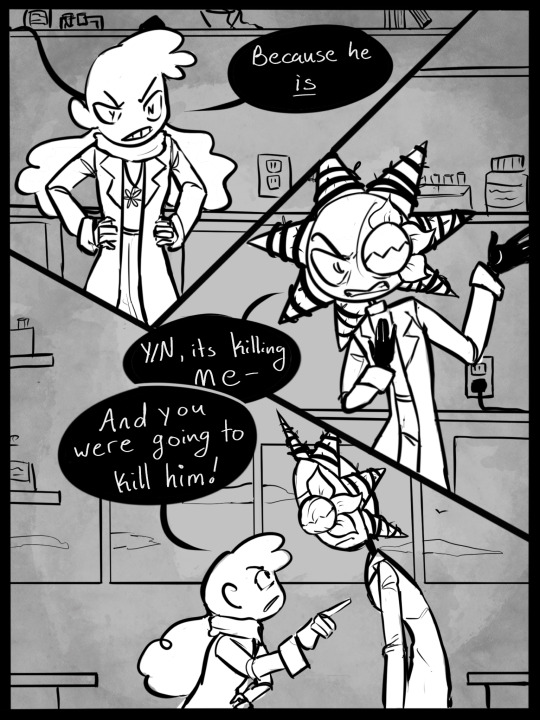
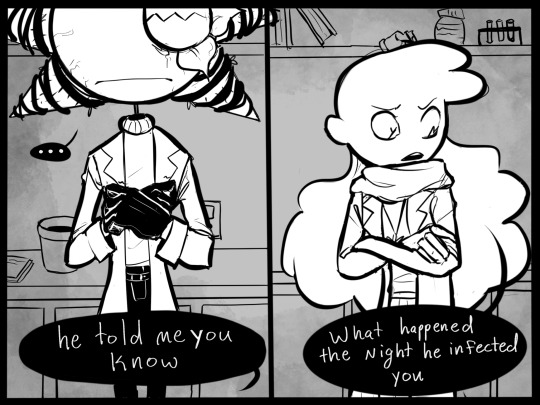
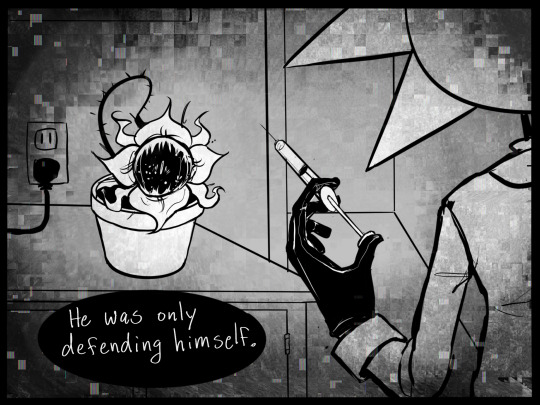
I could not get @oobbbear mad scientist au out of my head I love it so much
#fnaf daycare attendant#sundrop#moondrop#mad scientist au#tw body horror#I fuckin love like mad scientist shit#ones hubris leading to their downfall#and also science info dumping#I imagine moon was likely engineered like a neuron#where the spikes are more so like spindles than hard points#with the vines themselves being a mixture of fast growing plant cells and stem like progenitor cells#which tend to automatically grow into nerve cells#but also require signaling factors to lead to their end fate#essentially suns cells give the blueprint#unwittingly#to moons cells which would allow them to adapt and invade suns nervous system#this is defo pretty inaccurate and I’m stretching stuff but like in general that’s what I imagine#also trying to figure out how their goofy fuckin heads would look like in an mri#this is prob just like a bojack horseman type world where some people are animals or humanoid#also don’t mind the inaccuracies in outfit#I’m like a bad artist#tw needles#I have more doodles#but I needed to break them up#my art#fanartception
744 notes
·
View notes
Text
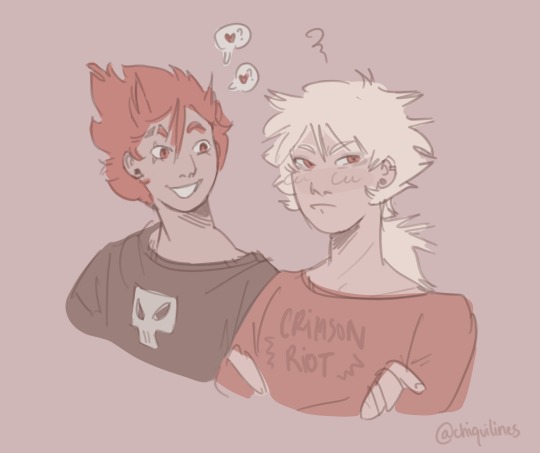
Yeah yeah genderswap kiribaku are getting me through the week what about it
#i cant decide if i like fem bakugo better with long or short hair#these are fairly low quality doodles but guys i am STRESSED#this is a lil sigh of relief before i go back to the academic grind#have i mentioned how much i hate essay writing#because genuinely i do#im a stem kid leave me aloneeeee#anyways them!!#personally i think bakugo would be a chem kid#and you can tell thats a genuine headcanon cause i hate chemistry#kiri would be more bio oriented but def skewed towards plants/animals bio rather than like lab/genetics bio#again genuine headcanon because i have a blood rivalry with bio kids#physics ftw🥳#kirishima ejirou#bakugo katuski#kiribaku#mha#bnha#my hero academia#boku no hero academia#wlw#chiquilines draws
80 notes
·
View notes
Photo

Lara Laurel Stems
In ancient Greece and Rome, laurel wreaths or crowns were highly regarded symbols of honor and achievement. They were commonly bestowed upon victors in various competitions, such as athletic games, military commanders who achieved notable victories, and poets who produced exceptional works. The laurel's association with victory, excellence, and triumph made it a powerful symbol, representing the highest levels of accomplishment and recognition.
Placing laurel stems in a vase will add a touch of greenery and natural beauty to your sims' interior space. The long, arching branches create a graceful and dynamic movement within the composition.
Choose a vase that suits your aesthetic preferences and complements the overall decor of the room. Consider the size and shape of the vase, ensuring it is appropriate for the length of the laurel stems.
Game-ready low poly, optimized for low-end computers. Base game compatible.
You can choose if you want the stems in a vase or without.
Set includes:
Laurel Stems V1 | Laurel Stems V2 | Vase V1 | Vase V2 | Laurel Stems V1 + Vase | Laurel Stems V2 + Vase
Download: NynaeveDesign.com
#sims#thesims#thesims4#sims4cc#custom content#3D design#decor#plants#houseplants#pot#vase#planter#laurel#stems#NynaeveDesign
232 notes
·
View notes

